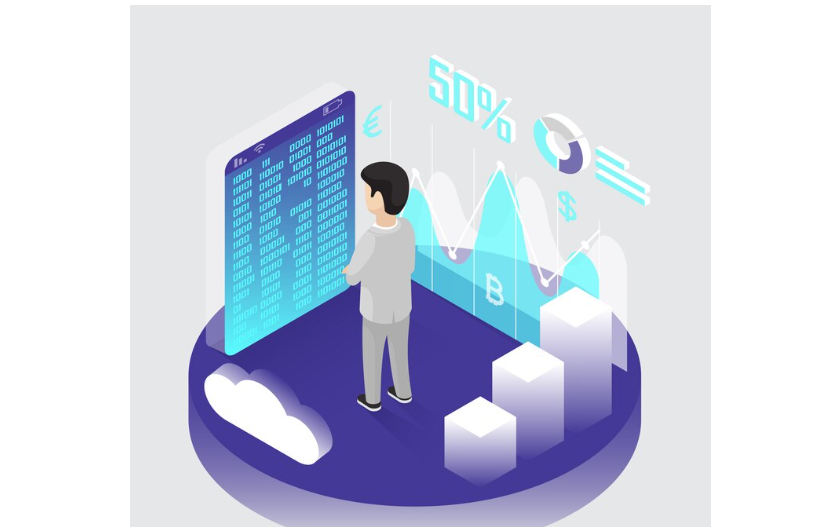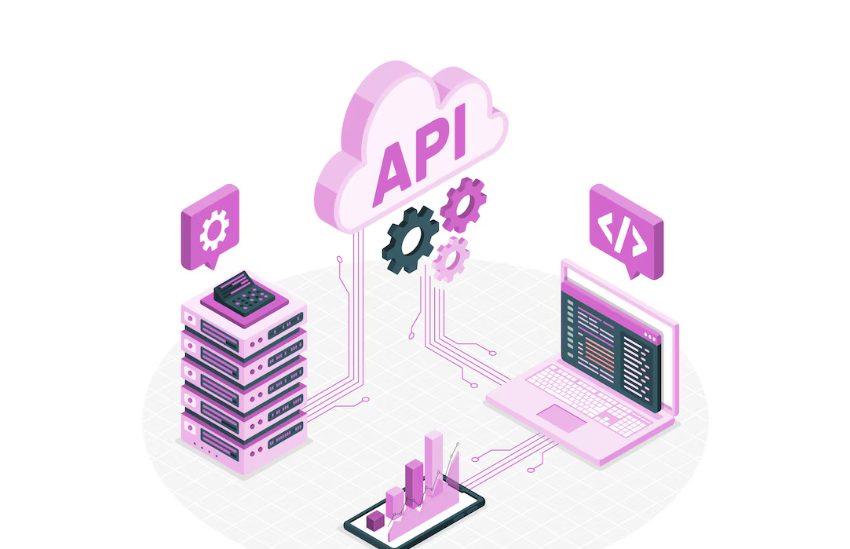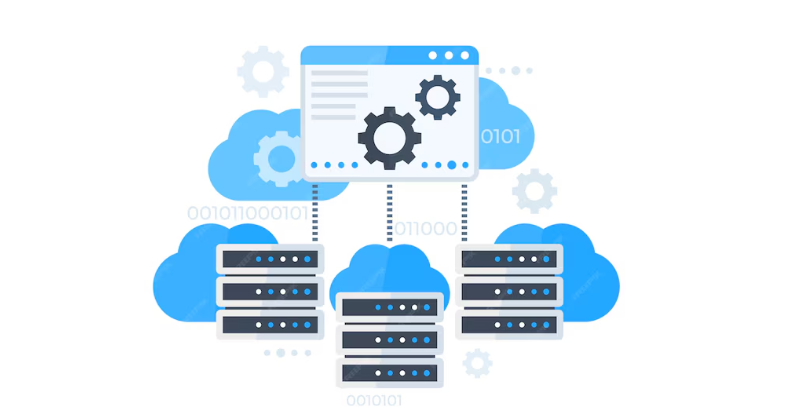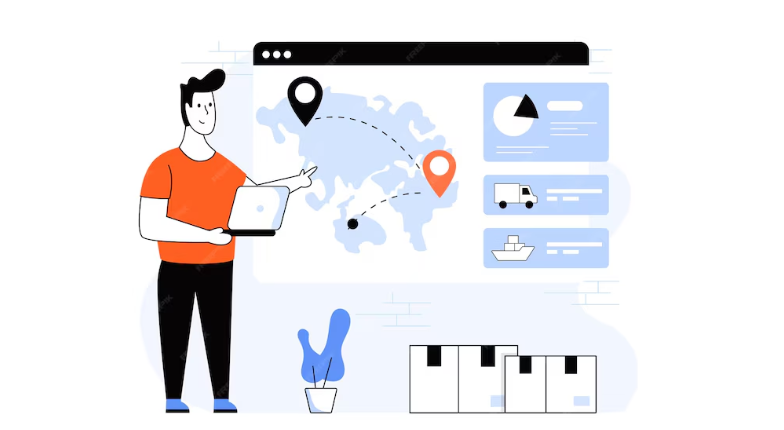In the digital age, software scalability is essential to business expansion. Your software must change as markets grow and user demands increase in order to satisfy these issues. So how do you design for software scalability more productively?
Scalable systems provide the flexibility to manage growing workloads without sacrificing user experience or performance.
In this guide, we’ll go into the realm of software scalability and discover how it can advance your company. From comprehending fundamental ideas to putting useful tactics into practice, you’ll acquire knowledge to turn your program into a strong, expandable asset.
What Is the Impact Of Scalability on Your Business?
Scalable software has many benefits for your company that go beyond just increased efficiency.
Enhanced User Experience
Scalable software keeps performance at its best as your user base expands, guaranteeing a seamless user experience for everyone. User satisfaction and retention rates can be considerably increased by this constancy in service quality.
Cost-Effective Operations
Scalable systems minimize operating costs and eliminate the need for frequent overhauls by adapting to changing needs. Cost-effective operations are an important part of the answers to how do you design for software scalability?
You may optimize your IT budget by allocating resources more effectively thanks to this flexibility.
Competitive Edge
Scalable software lets you keep ahead of the competition and take advantage of new opportunities by swiftly adjusting to changes in the market. This agility can be revolutionary in industries that move quickly since it enables you to react quickly to consumer demands and market trends.
Knowing these advantages paves the way for investigating the various forms of scalability and determining which strategy is best for your company.
10 Strategies For Highly Scalable Software Development
Developing highly scalable software necessitates a multipronged strategy that blends innovative design ideas, state-of-the-art technologies, and best practices. Have a look to the facts which are the answer of how do you design for software scalability.
The following tactics have been shown to work well in a range of project sizes and sectors, assisting companies in developing reliable, flexible software systems.
By putting these strategies into practice, you will be better prepared to deal with expansion, handle heavier loads, and continue to operate at peak efficiency as your user base grows.
Use these techniques to create software that grows with ease:
1. Make Use of Cloud Technologies
Adopt cloud platforms for simple scaling and adaptable resource allocation. With the on-demand resources provided by cloud computing services, you may dynamically scale your infrastructure in response to actual usage.
To ensure peak performance during traffic spikes, use auto-scaling groups in your cloud environment to automatically modify resources based on predetermined parameters.
2. Use the Architecture of Microservices
To boost scalability and maintenance, divide your application into smaller, separate services. By using this method, you can optimize resource utilization by scaling separate components independently.
Use API gateways to facilitate communication across microservices, giving customers a single point of entry and streamlining load balancing and service discovery.
3. Automate Scaling and Deployment
To make managing scalable apps easier, automate scaling procedures with containerization and orchestration solutions like Docker and Kubernetes.
To make sure that new deployments satisfy scalability requirements prior to going into production, implement a CI/CD pipeline that incorporates automated performance testing.
4. Make Code and Queries Better
Review and improve your database queries and codebase on a regular basis. Determine and fix N+1 query issues, put effective methods into practice, and reduce resource-intensive processes.
To find slow-running queries and optimize them with appropriate indexing or query restructure, use database query analyzers.
5. Plan for Future Expansion
When designing your system, consider future scalability and possible growth situations. Select architectures and technologies that can grow with you without needing a total redesign.
Use feature flags to roll out new functionality progressively so you can test the effects on scalability in a controlled way.
6. Put Effective Caching into Practice
Reduce database load and speed up response times by utilizing multi-level caching techniques, such as content delivery networks (CDNs) and in-memory caches.
Use cache invalidation techniques to maintain high speed and guarantee data consistency.
7. Use Asynchronous Processing
Use background job processing and message queues to manage time-consuming processes asynchronously, increasing system responsiveness.
For managing background jobs over several worker nodes, use distributed task queues such as Sidekiq for Ruby or Celery for Python.
8. Apply Partitioning to Databases
To improve query performance and scalability, divide huge datasets over several servers using database sharding or partitioning.
For complicated systems, think about putting in place a federated database design, which lets you divide data among several database instances while keeping a single view.
9. Put Strong Error Handling Into Practice
To ensure high availability even under increased demand, design your system to automatically recover from errors and gracefully handle failures.
To increase system resilience and stop cascade failures, include circuit breakers in your microservices design.
10. Test Performance Frequently
To detect scalability problems early and take proactive measures to address them, use continuous performance testing.
To mimic high-load situations and find performance bottlenecks before they affect actual users, utilize tools like Apache JMeter or Gatling.
You will be well on your way to developing software that is extremely scalable if you put these strategies into practice. True scalability, however, frequently necessitates knowledge and experience.
So how do you design for software scalability? Working with a committed development team can be really beneficial in this situation.
In Summary
Scalability in software development refers to an application’s capacity to accommodate changes in workload while adding or deleting users at a reasonable cost. Therefore, it is assumed that a scalable system would continue to function and remain stable following a sudden or anticipated rise in workload. You can also add on some of the extra points about how do you design for software scalability through the comment section and let us know your opinion.





